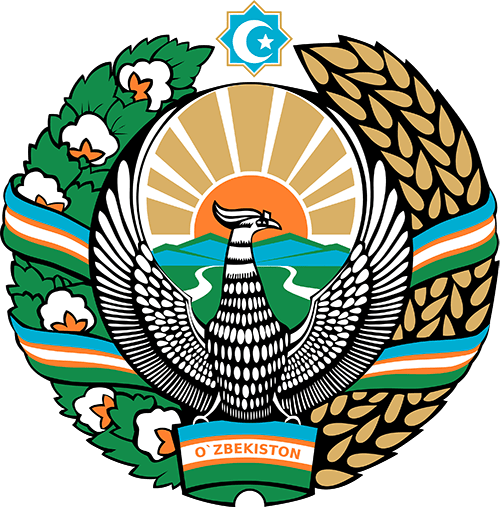ОПРЕДЕЛЕНИЕ РЕЗИСТЕНТНОСТИ К АНТИБИОТИКАМ БАКТЕРИЙ ВЫДЕЛЕННЫХ У ДЕТЕЙ С ГНОЙНО-ВОСПАЛИТЕЛЬНЫМИ ЗАБОЛЕВАНИЯМИ
Мирзаева М.А., Ташкентский Педиатрический Медицинский Институт
Гафурова Н.С., Ташкентский Педиатрический Медицинский Институт
Атаходжаева Д.Р. Ташкентский Педиатрический Медицинский Институт
Резюме
Данные современной отечественной и зарубежной литературы свидетельствует о том, что в этиологии гнойно-воспалительных заболеваний происходят существенные изменения, в частности возрастание удельного веса условно-патогенных бактерий с вовлечением в число возбудителей всё более широкого круга микроорганизмов. Поэтому, слежение за видовым составом и установление доминирующих видов микроорганизмов в структуре гнойно- воспалительных заболеваний человека продолжает оставаться актуальной проблемой здравоохранения.
Ключевые слова
гнойно-воспалительные, условно-патогенные, беталактамные, хирургические, цефалоспорины.
Первая страница
127
Последняя страница
130
Для цитирования
Мирзаева М.А., Гафурова Н.С., Атаходжаева Д.Р. Определение резистентности к антибиотикам бактерий выделенных у детей с гнойно-воспалительными заболеваниями // Евразийский вестник педиатрии. — 2020; 4 (7): 127-130. https://cutt.ly/yvaTq2A
Литература
- 1. Bazhenov L. G. Problems of overcoming antibiotic resistance of microorganisms //infection, immunity and pharmacology. — 2000.-N 3. pp. 11-12.
- 2. Beloborodov B. R. Resistant gram-positive microorganisms: modern opportunities and prospects // Consilium medium. 2004.-Vol. -N1. -pp. 4-11.
- 3. Otakhanov B. R. Indicators of occurrence of etiological agents in various surgical infections // infection, immunity and pharmacology. -2005. — No. 3. –pp. 42-43.
- 4. Sidorenko S. V. Research on the spread of antibiotic resistance: practical significance for medicine // infection and antimicrobial therapy. -2002. –T4. no. 21. –Pp. 5-11.
- 5. Coagulase-Negative staphylococci, clinical, microbiological and molecular features for predicting true bacteremia /P. Garcia, R. Benitez, Lam M. et al. // J. Micrjbiol Med. – No. 53. -Pp. 67-72.
- 6. Strachunsky LS, Reshedko GK, Eidelstein MV, Stetsyuk OU, Ryabkova EL, Andreeva AS, ROSNET research group. Comparative activity of cefepime and other antibiotics against nosocomial gram-negative infectious agents in Russia // Klin microbiol antimicrobial chemoter. — 2003. — No. 5 (3). – pp . 259–74.
- 7. Garnacho – Montero J., Garcia – Garmendia J., Barrero – Almodovar A. Impact of adequate empirical antibiotic therapy on the outcome of patients admitted to the intensive care unit with sepsis // Crit Care Med. — — vol. 31. — Pp. 2742–2751.
- 8. Lodise T.P., McKinnon P.S., Swiderski L., Rybak M.J. Outcomes analysis of delayed antibiotic treatment for рospital – acquiredStaphylococcus aureus bacteremia // Clin Infect Dis. — 2003. — vol. 36. — Pp. 1418- 1423.
- 9. Nasser S., Mabrouk A., Maher A. Colonization of burn wounds in Ain ShamsUniversity Burn Unit. // Burns. — 2003. — vol. 29 (3). — Pp. 229–323.
- 10. Osmon S., Ward S., Fraser V.J., Kollef M.H. Hospital mortality for patients with bacteremia due to Staphylococcus aureus or Pseudomonas aeruginosa // Chest. — 2004. — vol. 125. — Pp. 607-616.
- 11. Jacody G., Munoz-Price L., The new betalactamases // N Engi J Med 352 / -2005. — Pp.380-391.
Статья доступна ниже :



